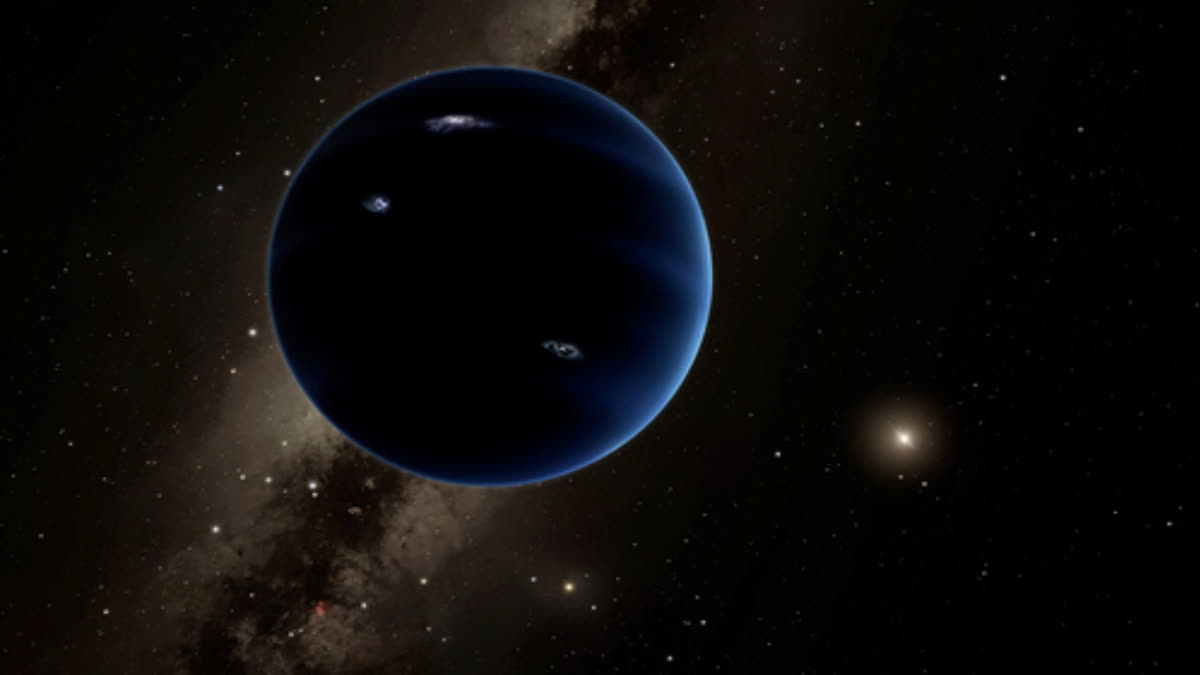Tokyo: An Earth-like Planet Nine may be hiding in our solar system, behind Neptune, Japanese astronomers have found.
The study, published in the Astronomical Journal, comes amidst ongoing debate on the existence of a so-called ‘Planet Nine’, after Pluto was declared a dwarf planet 2006. Researchers Sofia Lykawka from Kindai University in Osaka and Takashi Ito from the Japan National Astronomy Observatory found the presence of the Earth-like planet in the Kuiper Belt -- a donut-shaped ring that stretches just beyond Neptune's orbit.
The Kuiper Belt is a massive ring composed of interstellar objects such as dwarf planets, asteroids, carbon masses and icy volatile elements like methane and ammonia.
"We predict the existence of Earth-like planets," said the researchers. "It's possible that a body of a primordial planet can survive in the far Kuiper Belt as a KBP, as so many bodies existed early in the solar system."
According to them, Planet Nine has a mass that is about 1.5 to 3 times that of Earth, and at a distance of 500 astronomical units from the Sun. The Kuiper Belt also contains millions of frozen objects, which are referred to as trans-Neptunian objects (TNOs) because they are outside Neptune.
Also read: NASA releases image of Chandrayaan-3 landing site near lunar south pole
TNOs are believed to be remnants of the formation of the solar system and consist of mixtures of rock, amorphous carbon, and volatile ices such as water and methane.
"We determined that an Earth-like planet located on a distant and inclined orbit can explain three fundamental properties of the distant Kuiper Belt: a prominent population of TNOs with orbits beyond Neptune's gravitational influence, a significant population of high-inclination objects, and the existence of some extreme objects with peculiar orbits," they said in the paper.
"That's right, a prominent TNO population with orbits beyond Neptune's gravitational influence, a population of objects with significant high inclinations, and the presence of some extreme objects with peculiar orbits."
Speaking to Daily Mail, they said "the orbit of TNO can indicate the presence of planets that have not been found outside the solar system". Some of these objects have strange orbits' that suggest they are being gravitationally influenced by something larger nearby. (IANS)
Also read: Aditya L1 successfully undergoes the second earth-bound manoeuvre: ISRO



